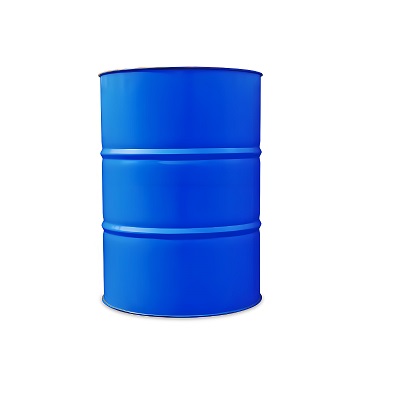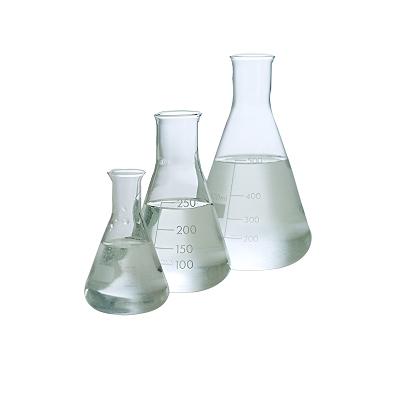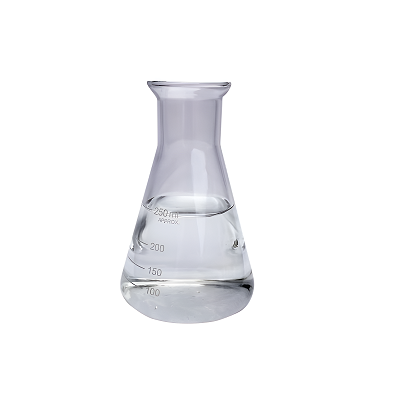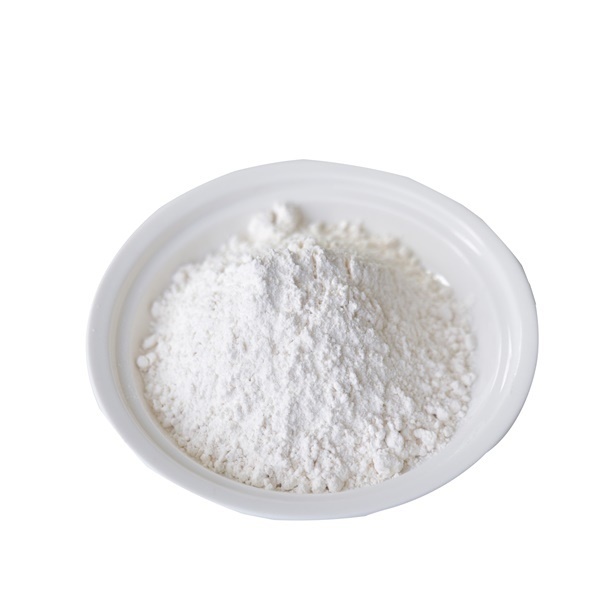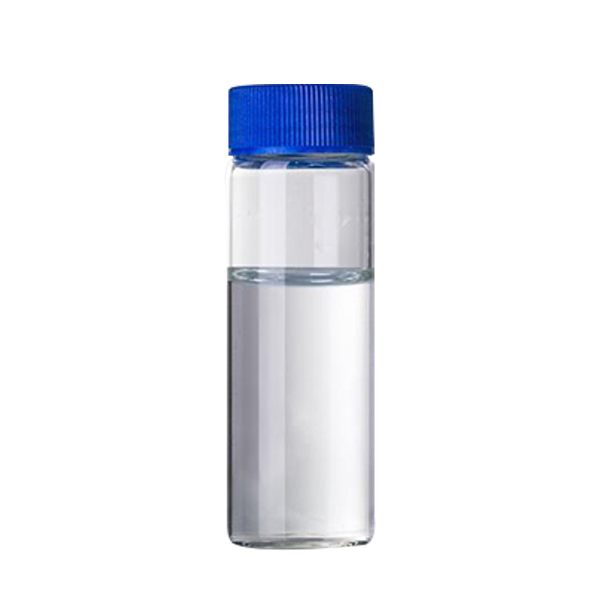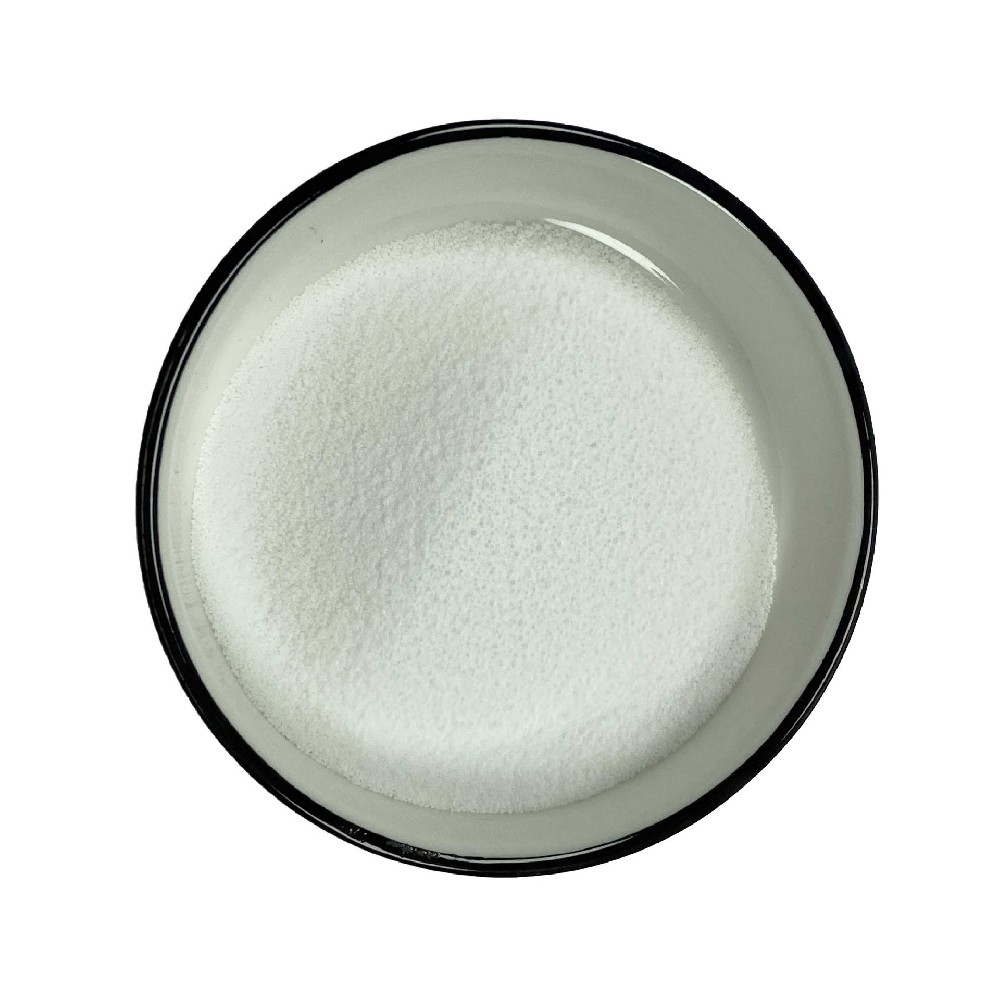

Methanol CAS 67-56-1
——————
CAS number : 67-56-1
molecular formula : CH4O
EINECS : 200-659-6
——————
Email : info@deshangchem.com
Mobile : +86-13153039501
TEL : +86-531-88752665
CAS number:67-56-1
molecular formula:CH4O
molecular weight:32.04
EINECS number:200-659-6
English synonyms
METHYL RED MIXED SOLUTION;METHYL RED, NEUTRAL;METHYL RED MIXED SOLUTION R;METHYL RED INDICATOR;METHYL RED ETHANOL;METHYL RED, WATER SOLUBLE;METHYL RED, SPIRIT SOLUBLE;METHYL RED SOLUTION R
Related categories
Solvent series; HPLC analytical reagents; Anhydrous solvents; HPLC solvents; Gas chromatography standards (color standard); Chromatographic solvents; Instrument verification; Organic raw materials; Alcohols; Ultra-dry solvents; Proteomics; Solvents; LC-MS series; Alcohols; Basic Organic Reagents
Introduction
Methanol, also known as "wood alcohol", is an organic compound and the simplest saturated monohydric alcohol. Appearance is colorless, transparent, flammable, volatile toxic liquid. Drinking 5 to 10 ml by mistake can cause blindness, and a large amount of drinking can lead to death. Methanol is non-corrosive to metals at room temperature (except lead and aluminum), and has a slight alcohol odor. Relative density 0.792 (20/4°C), melting point -97.8°C, boiling point 64.5°C, flash point 12.22°C, auto-ignition point 463.89°C, vapor density 1.11, vapor pressure 13.33KPa (100mmHg 21.2°C), vapor-air mixture explosion limit 6 ~36.5 % (volume ratio), miscible with water, ethanol, ether, benzene, ketone, halogenated hydrocarbons and many other organic solvents. Typically used as a solvent, antifreeze, fuel or neutralizer.
Chemical properties
| Melting point | -98 °C(lit.) |
| Boiling point | 65.4 °C(lit.) |
Density | 0.791 g/mL at 25 °C |
| Vapour density | 1.11 (vs air) |
| Vapor Pressure | 410 mm Hg ( 50 °C) |
| Refractive index | n20/D 1.329(lit.) |
| Flash point | 52 °F |
| Storage conditions | 2-8°C |
| Solubility | benzene: miscible(lit.) |
| Shape | Liquid Free From Particulates |
| Acidity coefficient(pKa) | 15.2(at 25℃) |
Specific gravity | 0.793 (20/20℃) |
| Color | <10(APHA) |
Odor | Faint alcohol odor detectable at 4 to 6000 ppm (mean = 160 ppm) |
| relative polarity | 0.762 |
Odor Threshold | 33ppm |
Explosive limit | 5.5-44%(V) |
| Water solubility | miscible |
λmax | λ: 210 nm Amax: 0.50 |
Merck | 14,5957 |
BRN | 1098229 |
Henry's Law Constant | 4.99 at 25 °C (headspace-GC, Gupta et al., 2000) |
| Exposure Limits | TLV-TWA (200 ppm) (ACGIH), 260mg/m3, 1040mg/m3 (800 ppm) 15minutes (NIOSH); STEL 310mg/m3 (250 ppm); IDLH 25,000 ppm (NIOSH). |
| CAS database | 67-56-1(CAS DataBase Reference) |
Colorless, transparent, flammable and volatile polar liquid. The pure product has a slight ethanol odor, and the crude product is pungent and unpleasant. Miscible with water, ethanol, ether, benzene, ketones and most other organic solvents.
Use
● extraction solvent. The maximum allowable residue of its finished products: spice oleoresin 50mg/kg, hop extract 2.2mg/kg.
GB 2760-96 is listed as food processing aids.
● Used as analytical reagent and chromatographic analysis reagent, also used in organic synthesis
● Mainly used to prepare formaldehyde and used as methylating agent and solvent in organic synthesis. It is the raw material of methyl tert-butyl ether and can also be used as automobile fuel.
● For the separation of calcium sulfate and magnesium sulfate, the separation of strontium bromide and barium bromide, the determination of boron reagents
● One of the basic organic raw materials. Mainly used in the manufacture of formaldehyde, acetic acid, methyl chloride, methylamine and dimethyl sulfate and other organic products. It is also a raw material for pesticides (insecticides, acaricides), medicines (sulfonamides, synthomycin, etc.), and one of the raw materials for the synthesis of dimethyl terephthalate, methyl methacrylate and methyl acrylate. It is also an important solvent and can also be mixed with gasoline as an alternative fuel. Since the 1980s, methanol has been used in the production of gasoline octane number additive methyl tert-butyl ether, methanol gasoline, methanol fuel, and methanol protein and other products, which has greatly promoted the development and market demand of methanol production.
● Used as basic organic raw material, solvent and antifreeze. Mainly used in the system of formaldehyde, essence, dyes, medicine, gunpowder, antifreeze, etc.
● It is used to prepare Karl Fischer reagent for the determination of trace moisture in alcohols, saturated hydrocarbons, benzene, chloroform and pyridine.
● Separation of calcium sulfate and magnesium sulfate. Separation of strontium and barium bromides by mixing with isobutanol. Inspection and determination of boron. Solvents. Methylating agents for organic synthesis. Leaching agents. Extracting agents. Cleaning agents.
Production method
● In the industrial synthesis of methanol, the method of pressurized catalytic hydrogenation of carbon monoxide is almost used. The process includes gas generation, synthesis purification, methanol synthesis and crude methanol rectification. The purification process of crude methanol includes rectification and chemical treatment. Chemical treatment mainly uses alkali to destroy impurities that are difficult to separate in the rectification process, and adjusts the pH value; rectification mainly removes volatile components such as dimethyl ether, as well as less volatile components such as ethanol, higher alcohol and water. The purity after crude distillation can generally reach more than 98%.
● It is obtained by catalytic synthesis of carbon monoxide and hydrogen under high pressure.
It is derived from the partial oxidation of natural gas hydrocarbons.
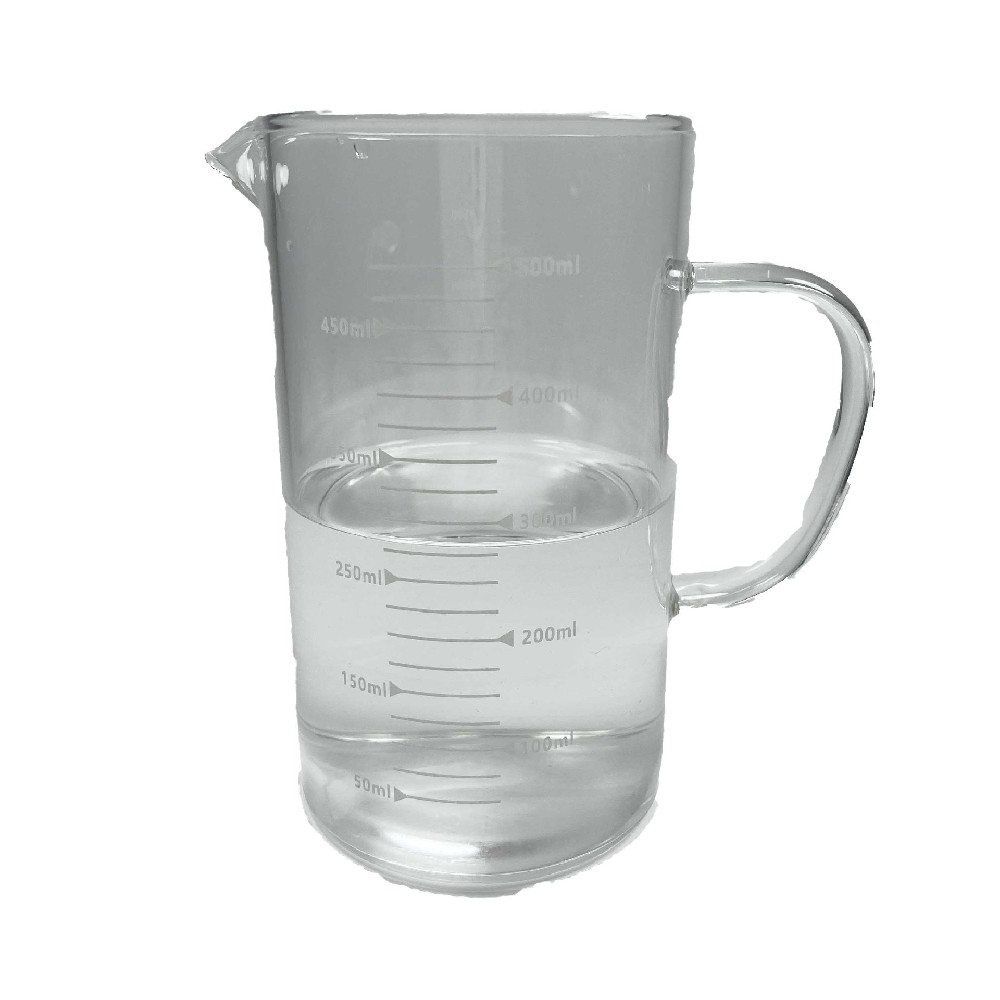
Methanol CAS 67-56-1
CAS number:67-56-1
molecular formula:CH4O
molecular weight:32.04
EINECS number:200-659-6
English synonyms
METHYL RED MIXED SOLUTION;METHYL RED, NEUTRAL;METHYL RED MIXED SOLUTION R;METHYL RED INDICATOR;METHYL RED ETHANOL;METHYL RED, WATER SOLUBLE;METHYL RED, SPIRIT SOLUBLE;METHYL RED SOLUTION R
Related categories
Solvent series; HPLC analytical reagents; Anhydrous solvents; HPLC solvents; Gas chromatography standards (color standard); Chromatographic solvents; Instrument verification; Organic raw materials; Alcohols; Ultra-dry solvents; Proteomics; Solvents; LC-MS series; Alcohols; Basic Organic Reagents
Introduction
Methanol, also known as "wood alcohol", is an organic compound and the simplest saturated monohydric alcohol. Appearance is colorless, transparent, flammable, volatile toxic liquid. Drinking 5 to 10 ml by mistake can cause blindness, and a large amount of drinking can lead to death. Methanol is non-corrosive to metals at room temperature (except lead and aluminum), and has a slight alcohol odor. Relative density 0.792 (20/4°C), melting point -97.8°C, boiling point 64.5°C, flash point 12.22°C, auto-ignition point 463.89°C, vapor density 1.11, vapor pressure 13.33KPa (100mmHg 21.2°C), vapor-air mixture explosion limit 6 ~36.5 % (volume ratio), miscible with water, ethanol, ether, benzene, ketone, halogenated hydrocarbons and many other organic solvents. Typically used as a solvent, antifreeze, fuel or neutralizer.
Chemical properties
| Melting point | -98 °C(lit.) |
| Boiling point | 65.4 °C(lit.) |
Density | 0.791 g/mL at 25 °C |
| Vapour density | 1.11 (vs air) |
| Vapor Pressure | 410 mm Hg ( 50 °C) |
| Refractive index | n20/D 1.329(lit.) |
| Flash point | 52 °F |
| Storage conditions | 2-8°C |
| Solubility | benzene: miscible(lit.) |
| Shape | Liquid Free From Particulates |
| Acidity coefficient(pKa) | 15.2(at 25℃) |
Specific gravity | 0.793 (20/20℃) |
| Color | <10(APHA) |
Odor | Faint alcohol odor detectable at 4 to 6000 ppm (mean = 160 ppm) |
| relative polarity | 0.762 |
Odor Threshold | 33ppm |
Explosive limit | 5.5-44%(V) |
| Water solubility | miscible |
λmax | λ: 210 nm Amax: 0.50 |
Merck | 14,5957 |
BRN | 1098229 |
Henry's Law Constant | 4.99 at 25 °C (headspace-GC, Gupta et al., 2000) |
| Exposure Limits | TLV-TWA (200 ppm) (ACGIH), 260mg/m3, 1040mg/m3 (800 ppm) 15minutes (NIOSH); STEL 310mg/m3 (250 ppm); IDLH 25,000 ppm (NIOSH). |
| CAS database | 67-56-1(CAS DataBase Reference) |
Colorless, transparent, flammable and volatile polar liquid. The pure product has a slight ethanol odor, and the crude product is pungent and unpleasant. Miscible with water, ethanol, ether, benzene, ketones and most other organic solvents.
Use
● extraction solvent. The maximum allowable residue of its finished products: spice oleoresin 50mg/kg, hop extract 2.2mg/kg.
GB 2760-96 is listed as food processing aids.
● Used as analytical reagent and chromatographic analysis reagent, also used in organic synthesis
● Mainly used to prepare formaldehyde and used as methylating agent and solvent in organic synthesis. It is the raw material of methyl tert-butyl ether and can also be used as automobile fuel.
● For the separation of calcium sulfate and magnesium sulfate, the separation of strontium bromide and barium bromide, the determination of boron reagents
● One of the basic organic raw materials. Mainly used in the manufacture of formaldehyde, acetic acid, methyl chloride, methylamine and dimethyl sulfate and other organic products. It is also a raw material for pesticides (insecticides, acaricides), medicines (sulfonamides, synthomycin, etc.), and one of the raw materials for the synthesis of dimethyl terephthalate, methyl methacrylate and methyl acrylate. It is also an important solvent and can also be mixed with gasoline as an alternative fuel. Since the 1980s, methanol has been used in the production of gasoline octane number additive methyl tert-butyl ether, methanol gasoline, methanol fuel, and methanol protein and other products, which has greatly promoted the development and market demand of methanol production.
● Used as basic organic raw material, solvent and antifreeze. Mainly used in the system of formaldehyde, essence, dyes, medicine, gunpowder, antifreeze, etc.
● It is used to prepare Karl Fischer reagent for the determination of trace moisture in alcohols, saturated hydrocarbons, benzene, chloroform and pyridine.
● Separation of calcium sulfate and magnesium sulfate. Separation of strontium and barium bromides by mixing with isobutanol. Inspection and determination of boron. Solvents. Methylating agents for organic synthesis. Leaching agents. Extracting agents. Cleaning agents.
Production method
● In the industrial synthesis of methanol, the method of pressurized catalytic hydrogenation of carbon monoxide is almost used. The process includes gas generation, synthesis purification, methanol synthesis and crude methanol rectification. The purification process of crude methanol includes rectification and chemical treatment. Chemical treatment mainly uses alkali to destroy impurities that are difficult to separate in the rectification process, and adjusts the pH value; rectification mainly removes volatile components such as dimethyl ether, as well as less volatile components such as ethanol, higher alcohol and water. The purity after crude distillation can generally reach more than 98%.
● It is obtained by catalytic synthesis of carbon monoxide and hydrogen under high pressure.
It is derived from the partial oxidation of natural gas hydrocarbons.
Team Presentation

